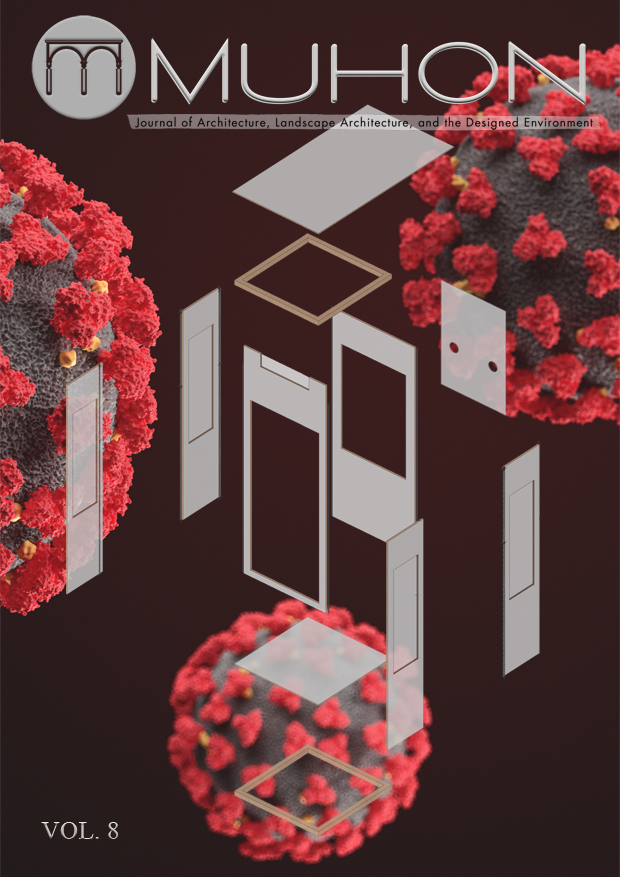Investigating Traffic Noise Levels Using FWHA Traffic Prediction Model In the Streets of Quezon
Abstract
The potential of the Traffic Noise Model version 2.5 (TFNv2.5) in simulating and predicting traffic noise pollution levels on major streets of Quezon City is explored. The TFNv2.5, supported by a scientifically founded and experimentally calibrated acoustic computation methodology, was applied to three (3) sites within Quezon City, chosen due to their key locations and different urban environments, namely: educational, hospital and residential. To identify the traffic noise impact, traffic volume count at these selected sites of the city were obtained from pertinent government data and the results are compared against World Health Organization standards. The study further explores mitigation of unacceptable noise level results through the incorporation of reasonable and feasible measures available in the same software, such as attenuation over/through rows of buildings or dense vegetation, or noise barrier design vis-à-vis realistic possibilities in each case study’s unique context.
Keywords: Traffic, Noise, Prediction, Software, FHWA, Quezon City
The copyright for the published work belongs to UPCA and its selected publisher. The contributor is free to publish a modified version of the same article in other publications.
The contributor guarantees that :
- the article does not infringe on the copyright or any proprietary right of any other person
- the article contains no libelous or other unlawful matter
- the article makes no improper invasion of the privacy of any other person.





